When you think about staff communications, first ask yourself how you keep in touch with the news. Do you watch TV, read a newspaper, listen to the radio, check websites, or follow social media?
 Each of us has a way of getting up to date that suits us best, and the variety of methods we use shows that each has its place in a successful media mix.
Each of us has a way of getting up to date that suits us best, and the variety of methods we use shows that each has its place in a successful media mix.
It’s the same in the workplace. When it comes to keeping up with news from our employer, the way we do it depends in many ways on the job we do, as well as on our own personal preferences. This presents employers with the challenge of how to reach everyone, no matter what their role.
For instance, staff may work from more than one location, they may not be desk-based, they may spend much of their time on the road, work varied shifts, or simply not be computer literate.
To reach everyone you will certainly need to use a variety of methods of communication. Some of the most popular options include:
Email updates and intranet pages
- Great for: Computer-focused staff. It’s cheap, professional and fast.
- Not so great for: Staff who aren’t desk-based or aren’t computer literate – they won’t be able to read it.
- How to make it work: Keep it quick and concise, updated regularly, and relevant. And make sure it’s not your only medium unless all your staff are computer-focused.
Face-to-face briefings
- Great for: Visibility of senior managers, two-way communications, and control over the timing of messages and announcements.
- Not so great for: You’ll never reach all your staff in one go with this method. At any given time some people won’t attend due to part-time working, holidays, shift work, being out on the road or simply because they don’t want to. You may want to consider repeating the session in more than one location or on more than one date to reach as many staff as possible.
- How to make it work: Keep it interactive, useful and fun, and include a Q&A session.
Newsletters
- Great for: Accessibility for everyone, consistency of message, cost effectiveness with new printing methods, longevity of publication.
- Not so great for: Making sure everyone gets to see it can be a challenge.
- How to make it work: Keep it quick and concise, have engaging news for everyone, make it readable in a coffee or lunch break.
This isn’t an exhaustive list and these methods shouldn’t be used in isolation. When it comes to internal communications, one size doesn’t fit all. Each company and individual will have their own needs and solutions and, in most organisations, the most successful strategy will be a combination of media with some repeated messages.
What works for you? Does your business have particular needs that we haven’t addressed here? We’d love to hear about your communications challenges – we might even be able to help!
If you could use some extra capacity now and then to edit a newsletter, write blog posts, proofread reports, update your website or manage the production of your annual report, contact us today.
